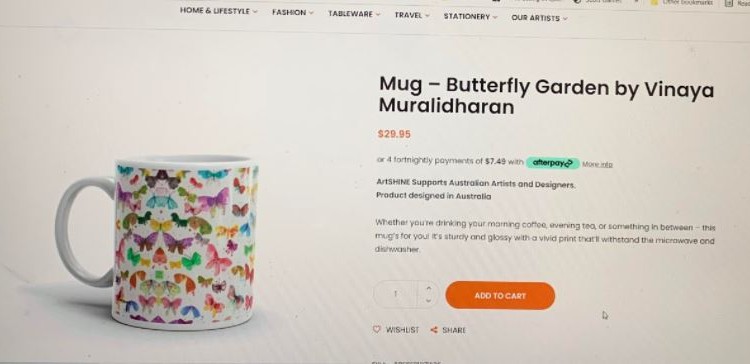Product descriptions do these two things to your e-commerce website: they educate site visitors and prospective customers about the products you are selling, and then convince them to buy. Many e-commerce companies understand the first place and come up with descriptions for their products accordingly.
Unfortunately, they don’t always make the extra effort of helping website visitors understand the product so well that nothing will stop them from becoming a customer.
If you’re planning to launch and run an e-commerce site, you’ll need to go beyond building an eye-catching website with the help of a website development and SEO company. You’ll also have to produce product descriptions that convince and convert.
Set your business up for success when you are writing the descriptions for your products:
- Apply the 5W + 1H in Your Writing Strategy
When journalists write their stories, they use the Who, What, Where, When, Why and How method to help them get across the facts of their stories. Follow this process to craft a persuasive product description.
Take note of the following guide questions:
- Who is the target market of your product? Your target audience can be a lifestyle demographic (car enthusiasts, homeowners on a budget, new mothers), an age group (retirees, high school students, babies) or some other defined group of people.
- What are the basic details of your product? This includes attributes, such as functions, product features, materials and dimensions.
- Where would your customer use this product? You could, for instance, let your customer know that your product is for outdoor or indoor use.
- When should your customer use your product? Should they use it for a particular type of occasion, seasonally or during a certain time of day? You also need to point out if customers can and should use a product year-round or every day, as this will speak to its long-term value.
- Why is your product useful or even better than your competition? The reasons could be anything from features to quality. Think carefully about the benefits that will speak to consumers. Also, think about how photos can complement your product copy.
- How does your product work? This isn’t required for every product. If you are selling electronics or anything with moving components, such as a food processor, you need to answer this question.
The 5W and 1H strategy is great to use as a product description template when you want to describe your best or popular items accurately. Pro-tip: apply this method to guide your content marketing strategy.
- Think About the Best Format to Describe Your Products
Some online shoppers only scan text on e-commerce websites. They may not always have the time to read large chunks of text. Given this, you should consider creating a list of bullet points that cover the most important details of your product. You should use bullet points for technical specifications (like product dimensions) or short phrases (like features), so that they are easy and quick to read.
Bullet points aren’t always a great way to convince shoppers that they’re looking at an excellent deal. Some website visitors may find these bulleted items clinical and cold on a page; that it doesn’t engage the shopper’s imagination or emotions. This is a job for prose.
By crafting a paragraph that contains three or more sentences about the product, you can establish the scene and help the online shopper realize why they need this product in their lives. This task may seem daunting at first glance, but it will eventually become second nature and possibly even fun to do.
This is your chance to get your creative juices flowing and establish a voice (tone and personality) for your brand – whether that be irreverent, casual or serious. Try to imagine that you are at a party, telling someone you just met about a product. Figure out how to describe that product, so they would understand how awesome it truly is.
- Use Photos and Videos
When people think about product descriptions, they often think about words and letters. You, however, should not ignore other product page elements that are important to conversions. These elements are images and videos. They don’t contain words, but they answer consumer questions. So include these elements in your product description.
- Refrain from Using Yeah, Yeah Phrases
E-commerce business owners who don’t know what else to say about their products often write something bland, such as “good product quality.” This is an example of a yeah, yeah phrase. You become less persuasive when you have these statements in your product description.
When you’re describing a product, talk about the technical details and benefits. Product details add credibility and help you sell your product better.
A persuasive product description will always pay you back. Try not to be boring and instead delight your online shoppers with compelling descriptions.





